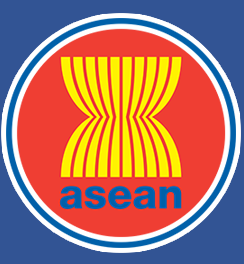ASEAN Journal on Science and Technology for Development
Global Retrofitting Strategies for an Existing Three-storied RC School Building in Mandalay, Myanmar
Abstract
Low to severe earthquakes occur around the world every year, damaging and causing structural failure in buildings. Consequently, seismic improvements are required for existing buildings that are vulnerable to damage by seismic forces. The objective of this study was to investigate retrofitting strategies in terms of their sustainability. Mandalay, Myanmar, was selected as the study area as it is located near the Sagaing fault, which itself is in a strong earthquake zone (seismic zone 4). A three-storied RC building with a non-seismic design was selected as a case study building. An investigation was carried out into the performance and vulnerability of the building under three earthquake hazard levels. The vulnerability index value was calculated using the Priority Index method. Meanwhile, non-linear static pushover analysis was performed to investigate the performance of the existing building using SAP2000 V14 software. Four different types of retrofitting strategies were considered, namely reinforced concrete shear walls with openings, reinforced concrete shear walls without openings, steel plate shear walls, and finally steel bracing. Among these, it was found that the use of steel plate shear walls was the best retrofitting technique, owing to it having the best performance along with the lowest displacement. Its performance level reached up to the Immediate Occupancy (IO) level even under the conditions of a Maximum Consider Earthquake (MCE).
Publication Date
9-18-2020
Recommended Citation
Thiri, Thwe; Su Le′ Mya, Thwin Nang; and Min, Hein Ne
(2020)
"Global Retrofitting Strategies for an Existing Three-storied RC School Building in Mandalay, Myanmar,"
ASEAN Journal on Science and Technology for Development: Vol. 37:
No.
2, Article 6.
DOI: https://doi.org/10.29037/ajstd.616
Available at:
https://ajstd.ubd.edu.bn/journal/vol37/iss2/6

